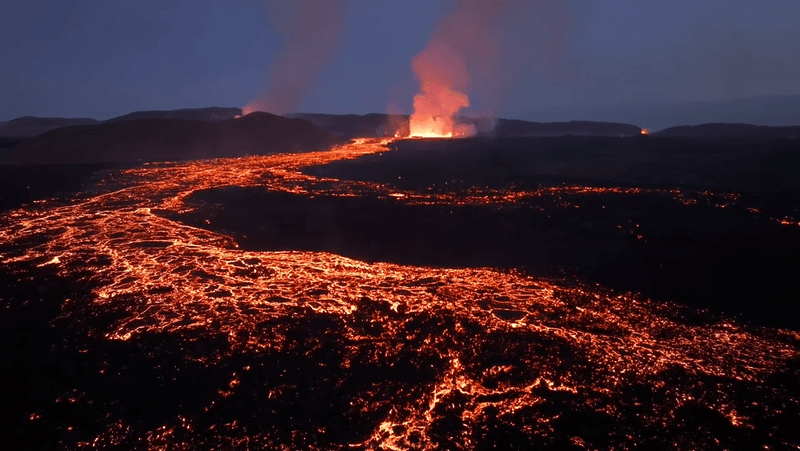So it’s a bit hot in the Pacific Northwest.
OK, maybe that was an understatement. It’s hellishly hot in the Pacific Northwest right now – temperature records in Canada have been smashed day after day, and hundreds of people are dying. The environment in Seattle hospitals has been described as similar to how it was at the beginning of the COVID-19 pandemic, except this time it’s because of heatstroke, and cities across the region have seen people retreat to “cooling centers” to escape the heat.
Humans aren’t the only things sweltering in the heat though, as buildings, roads, and other public infrastructure designed for much milder summers are literally melting in the sun.
In Portland, Oregon, streetcar services were suspended for three days after soaring temperatures melted power lines and warped overhead wires.
“Our infrastructure is built for typical Portland temperature ranges,” Portland Streetcar spokesperson Andrew Plambeck explained in Newsweek, “and this heatwave is far beyond typical for June in Portland.”
Temperatures at this time of the year only rarely venture above 32°C (89°F) in Portland, so having air conditioning isn’t a huge priority. In nearby Seattle, where you’re unlikely to see a June day above 29°C (84°F), less than half of homes have it installed. So as temperatures skyrocketed to nearly 50°C (122°F) in the Pacific Northwest last week, schools and community leisure facilities have been forced to close.
“Many of our elementary schools do not have air conditioning that is sufficient to keep classrooms cool in those circumstances," Angus Wilson, district superintendent of one British Columbia school district, told CBC News.
Even those residents lucky enough to be able to afford an air conditioning unit aren’t guaranteed a respite from the heat. The soaring temperatures have led to units being sold out across the region, and the local power grids are straining under the increased pressure.
“Power grids are designed around historical norms, and when we get these abnormal temperatures, the strain on the grid is unprecedented,” Vivek Shandas, a professor of climate adaptation at Portland State University, explained to Gizmodo. “[This can] then create potential impacts on accessing cooling resources, particularly at night when people are most vulnerable to urban heat.”
The increased demand from air conditioning and other cooling devices has already led to thousands of Northwesterners losing power in the heatwave. Meanwhile, the price of said power surged up to a record $334 per megawatt hour (MWh) on Monday – more than 11 times the five-year average.
The record-breaking heatwave comes on the heels of a new infrastructure bill passed by the US Senate last week – a bill that has attracted criticism for its lack of climate crisis measures.
“This is not a one-in-a-lifetime event,” Deepti Singh, assistant professor at Washington State University, Vancouver, told Gizmodo. “These are conditions that are likely to recur, potentially quite frequently, in our near future because of increasing global warming.”
“[O]ur infrastructure development needs to account for the changing climate conditions and our communities, public officials and we as individual[s] need to be prepared to cope with severe heatwaves and other impacts of climate change that we are currently vulnerable to."




